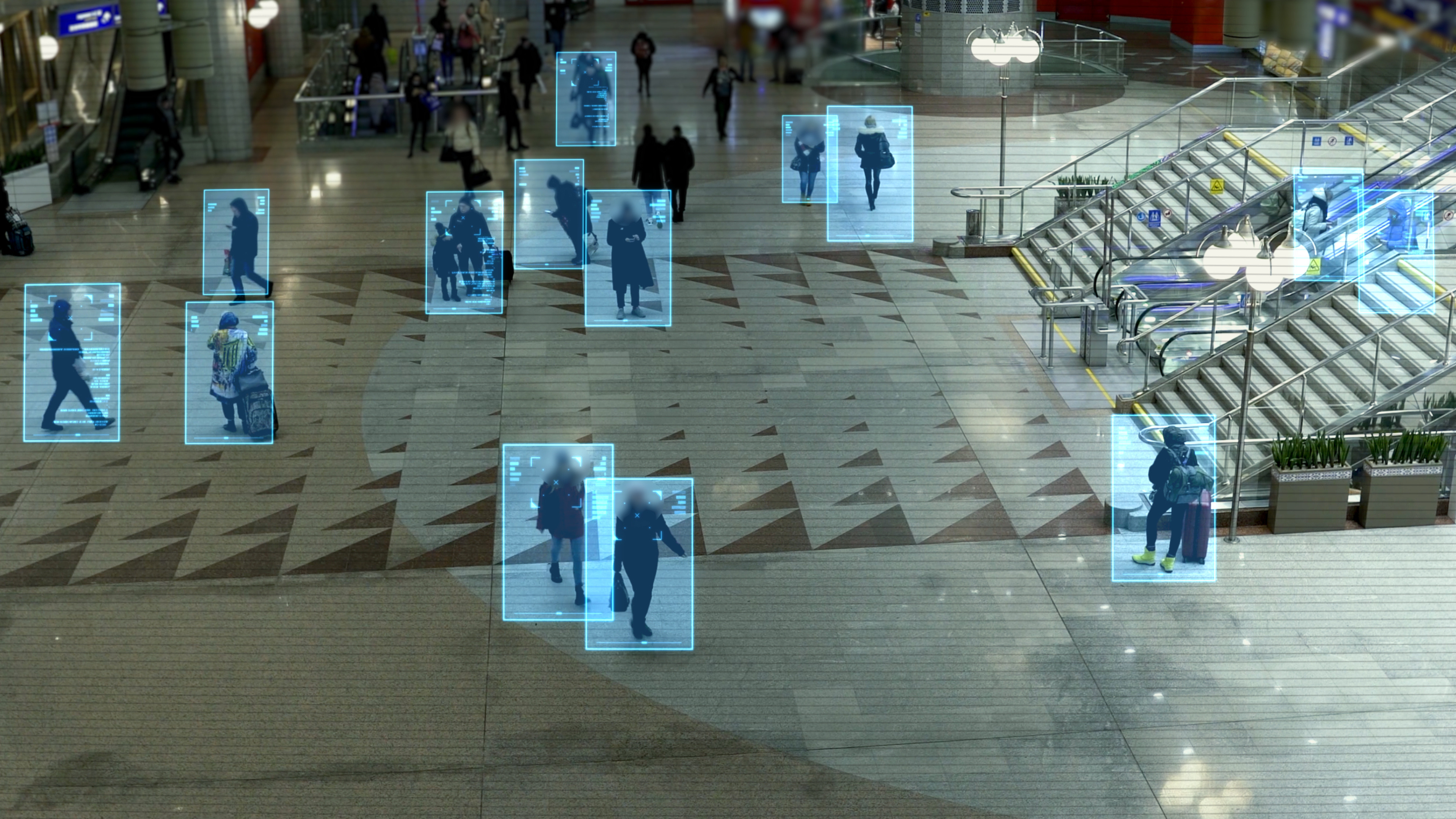The Foundation of Video Surveillance Analytics
Motion detection is one of the oldest and most widely used forms of video surveillance analytics. As the backbone of many security camera systems, motion detection helps reduce storage costs, minimize false alarms, and enable automated alerts.
While simple in concept, modern motion detection has evolved significantly with the integration of artificial intelligence (AI) and machine learning (ML), making it far more effective and reliable than ever before.
In this blog, we’ll break down how motion detection works, the different types available, its benefits, limitations, and best use cases.
How Does Motion Detection Work?
At its core, motion detection identifies changes in a camera’s field of view and triggers an action, such as recording video, sending an alert, or activating a deterrent like lights or alarms. There are several methods used to detect motion, each with its own level of accuracy and effectiveness.
Pixel-Based Motion Detection
Pixel-based motion detection analyzes changes in pixel values between consecutive video frames.
If a certain threshold of change is detected, the system assumes motion is occurring. While effective in controlled environments, pixel-based detection can be sensitive to lighting changes, shadows, or camera noise, leading to false alerts.
Infrared (IR) Motion Detection
Infrared-based systems detect movement using heat signatures. When an object with a different heat signature (such as a person or vehicle) enters the frame, the system registers motion.
This method is less prone to false alarms caused by light changes but may struggle in extreme temperatures or crowded environments.
AI-Powered Motion Detection
Advanced security systems now incorporate AI and machine learning to differentiate between relevant motion (e.g., a human or vehicle) and irrelevant motion (e.g., leaves moving in the wind).
AI-based motion detection reduces false alarms by understanding context and recognizing objects rather than simply detecting changes in pixels or heat.
Key Benefits of Motion Detection
- Storage Efficiency: Instead of recording 24/7, motion detection enables event-based recording, significantly reducing storage requirements and cloud bandwidth costs.
- Real-Time Alerts: When integrated with a video management system (VMS) or security platform, motion detection can trigger instant alerts, allowing security teams to respond quickly.
- Cost-Effective Security: Motion detection helps businesses automate surveillance by activating cameras, alarms, or even notifying law enforcement, all without constant human monitoring.
- Improved Video Searchability: By tagging motion events, users can quickly search and review relevant footage instead of manually scanning hours of recordings.
Limitations and Challenges
Despite its benefits, motion detection isn’t without its challenges.
- False Alarms: Traditional motion detection methods (especially pixel-based detection) can be triggered by lighting changes, animals, or weather conditions, leading to unnecessary alerts. AI-based systems help reduce these but may require additional hardware or licensing fees.
- Limited Accuracy Without AI: Without object recognition, basic motion detection cannot distinguish between a human and a blowing tree branch, which can cause inefficiencies in security operations.
- Potential Latency: Some motion detection systems may experience delays in processing, especially if they rely on cloud-based analytics rather than on-camera edge computing.
Best Use Cases for Motion Detection
Motion detection is an essential feature for various industries and applications.
- Retail and Commercial Spaces: Detects after-hours activity, helping to prevent theft or vandalism.
- Perimeter Security: Monitors fences, parking lots, and restricted areas for unauthorized movement.
- Residential Security: Home security cameras with motion detection can notify homeowners of unexpected activity.
- Warehouse and Industrial Sites: Helps monitor large areas without requiring constant human oversight.
- Smart Cities and Public Safety: Used in traffic monitoring and crowd control applications.
What’s Next?
Motion detection is just the first step in leveraging intelligent video analytics.
Don’t miss the next blog from Pro-Tec Design, where we’ll explore object detection and classification, analytics that build on motion detection to distinguish people, vehicles, and other objects—reducing false alarms and improving overall security efficiency.
Want to see how advanced motion detection can improve your surveillance system? Contact us today for a consultation!
